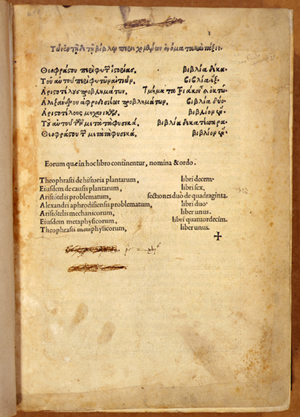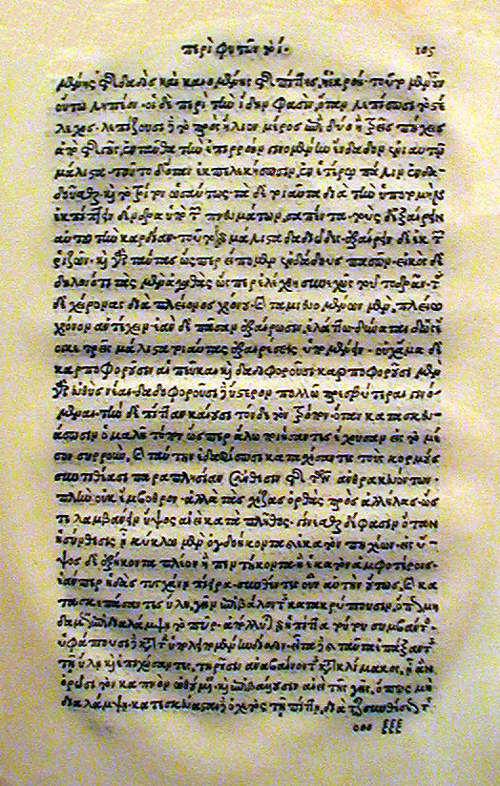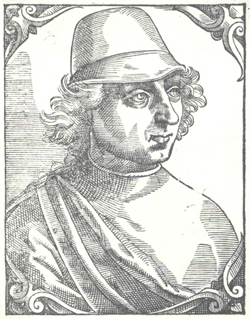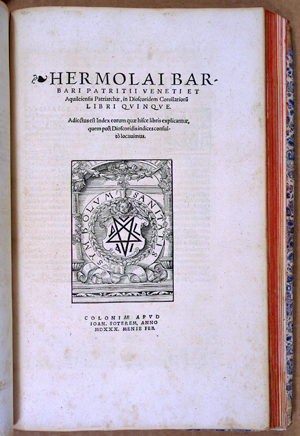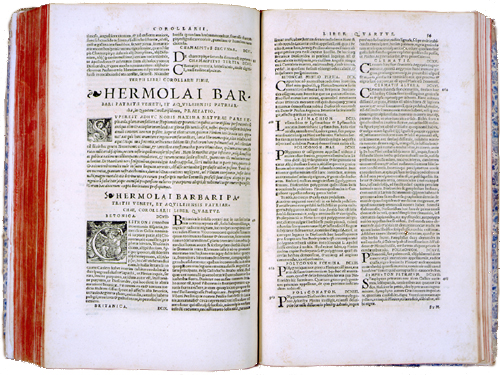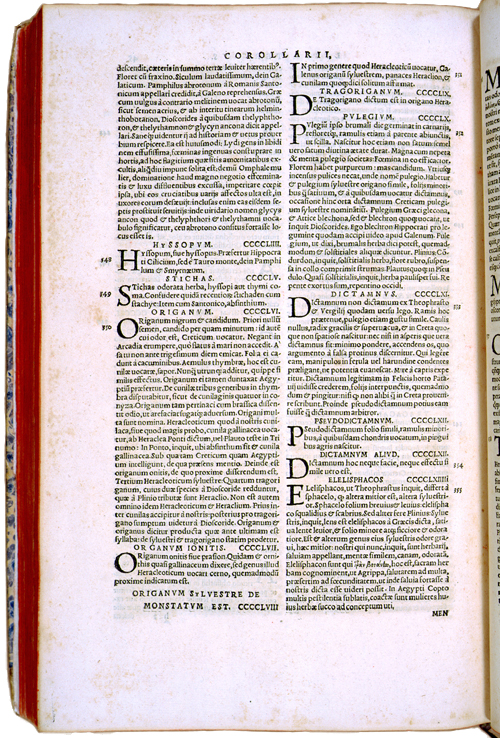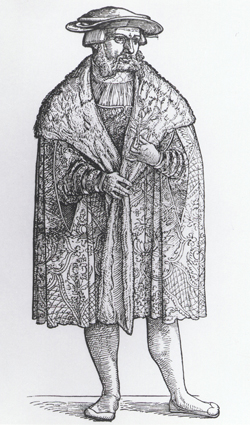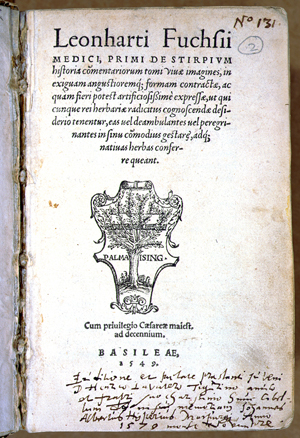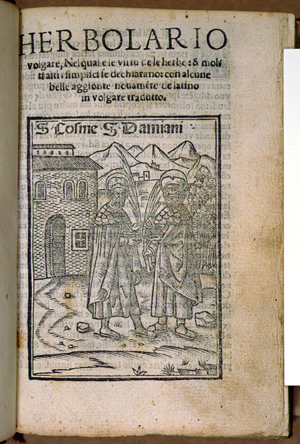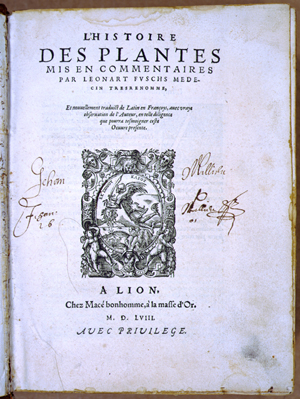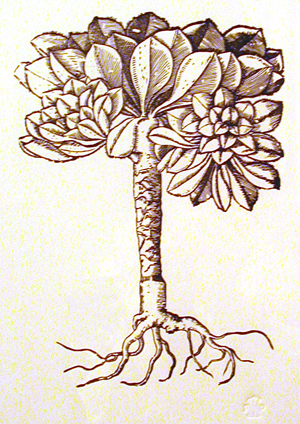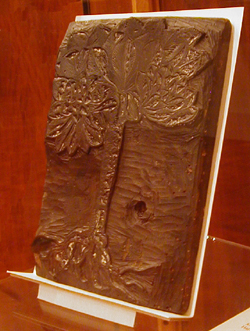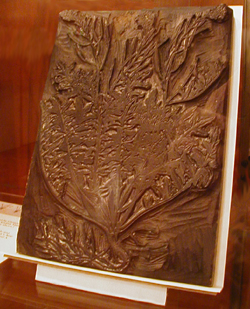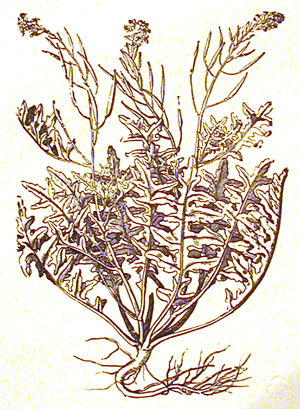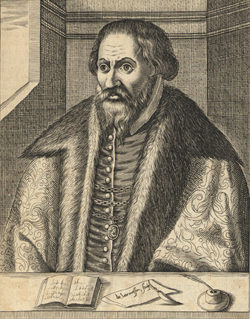 During the Renaissance, many scientific texts arrived from Byzantium in their original languages. Their study led to a scientific crisis: comparing Latin and Greek works, scholars discovered similarities. They concluded very soon that Latin works were, in fact, translations of Greek ones and proposed to abandon the former to study only the latter.
During the Renaissance, many scientific texts arrived from Byzantium in their original languages. Their study led to a scientific crisis: comparing Latin and Greek works, scholars discovered similarities. They concluded very soon that Latin works were, in fact, translations of Greek ones and proposed to abandon the former to study only the latter.In the field of botany, this meant that Dioscorides’ De Materia Medica had to be preferred to Pliny’s Naturalis Historia, which was a major reference work during the Middle Ages. This thesis was proposed and defended by a physician of Ferrara, Nicolao Leoniceno (1428–1524), whose booklet titled De Plinii et Aliorum in Medicina Erroribus (On the errors of Pliny and other authors in medicine) (Ferrara, 1492) provoked a virulent polemic. Leoniceno was among the authors of the Aldine edition of Aristotle and Theophrastus, also lending his personal copy of the Greek manuscript to be used as the source of Theophrastus’ edition. It thus seems that this edition aimed to demonstrate the validity of Leoniceno’s thesis.
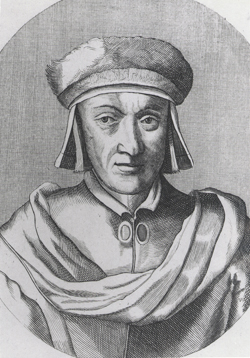
Nicolao Leoniceno (HI Archives portrait no. 1)
